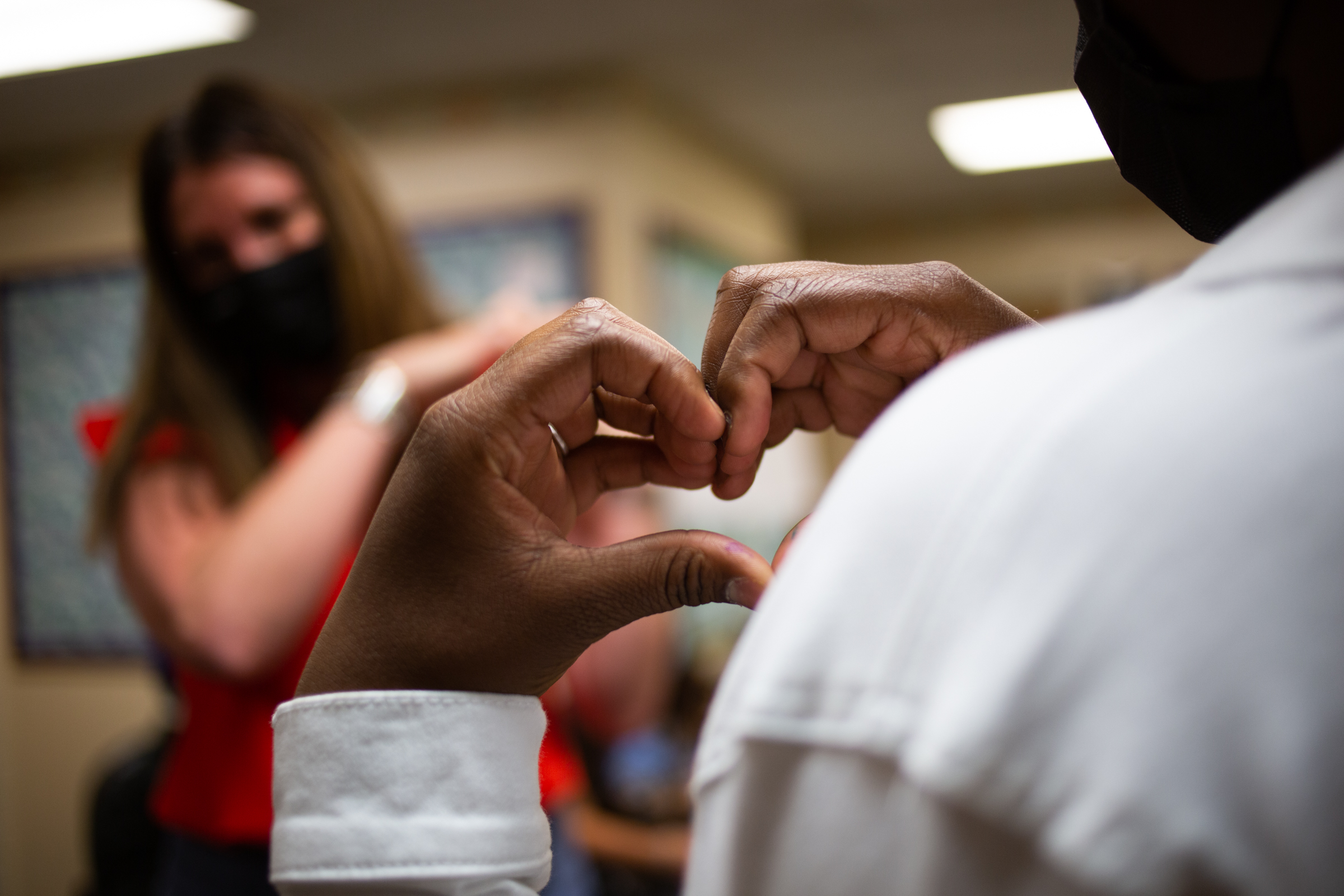
With students back on campus, schools need a broader approach for addressing their mental health needs
Many colleges are facing a steady surge in mental health crises, but their infrastructure hasn’t kept pace — even as the number of students reporting suicidal or self-injurious behavior has risen sharply over the past decade, along with the number of students reporting psychological distress and loneliness.
While our understanding of crisis intervention and suicide prevention has deepened in recent years, the systems designed to protect students often lag behind. Despite research showing that early identification and broad community support are critical, many colleges still rely on traditional care models that place the full load of crisis response on counseling centers, contributing to staff burnout.
That’s one reason why a bipartisan group of lawmakers reintroduced the Improving Mental Health Access for Students Act, which would require colleges and universities participating in federal student aid programs to include contact information for their suicide and crisis hotlines on student ID cards.
However, addressing student mental health requires a broader, campuswide approach that will help prevent crises in the first place. That means actively building environments that foster belonging, connection and psychological safety. It means moving beyond the cycle of reacting to crises after they happen, and instead embracing proactive, positive approaches that prevent harm.
Related: Interested in innovations in higher education? Subscribe to our free biweekly higher education newsletter.
Acting earlier by expanding awareness and rethinking institutional policies long before tragedy strikes is the most impactful form of intervention. Any campuswide approach to mental health should include the people students see and trust every day: faculty and staff. They are on the frontlines and are often the first to notice when something’s wrong, whether it’s a drop in participation, a shift in demeanor or a concerning comment.
Yet too few faculty and staff are equipped to recognize and respond to warning signs. According to one national survey, four in 10 students say they believe their professors are responsible for helping them navigate their mental health. But that expectation doesn’t match reality. Faculty are not mental health professionals, and most receive little to no training in how to identify or respond to mental health issues.
Some institutions are taking action. The University of Connecticut, for example, participates in the Red Folder initiative, a national effort to equip faculty and staff with the tools to recognize, respond to and refer students in distress. This allows faculty and staff to support student mental health while operating within the scope of their role as educators and not as de facto mental health counselors.
The university also offers an online suicide prevention training program that teaches participants how to identify suicidal risk factors and warning signs. Importantly, the training is available not only to faculty and staff, but to students as well.
Resident assistants, club leaders and peer mentors all have a role to play. Young people are most likely to turn first to a peer when they are struggling, but many students remain unsure how to respond when a friend reaches out. They worry that stepping in could do more harm than good. In some cases, stigma prevents them from getting involved at all. Communications and student affairs teams can help create a culture in which everyone — students included — is more informed and better prepared to engage with mental health challenges.
That includes running awareness campaigns that go beyond flyers and hashtags to equip students with tools to support one another, recognize signs of distress in their peers and know how to seek help on their own behalf.
Policies matter, too. Colleges can reexamine how they handle leaves of absence, class flexibility and reenrollment. Too often, students in crisis are forced to navigate confusing bureaucracies or feel penalized for prioritizing their well-being. Institutions can ease that burden by making it simpler to reduce course loads, adjust schedules, access care and — if a break is necessary — return without stigma or academic setbacks.
According to a Gallup survey in October 2024, of the 32 percent of college students who had considered stopping out of their programs in the prior six months, nearly half cited emotional stress and mental health challenges as key reasons. More than a third of student crisis calls we receive at Uwill, a mental health and wellness referral service, involve anxiety, stress or panic, followed closely by academic concerns.
Related: Do-it-yourself mental health efforts by community college students
Clearly, for many college students, mental health concerns and the stressors of academic life are tightly linked. Mental health can drastically impact a student’s ability to function academically.
These incidents are not isolated emergencies. They arise from ongoing pressures that too often go unaddressed until they become overwhelming. A compassionate policy approach can make the difference between a temporary setback and leaving college altogether.
Too often, mental health investments come only after tragedy. But that’s not prevention; that’s reaction. Institutions should proactively create an environment where every member of the campus community sees student well-being as part of their role — and where all students feel a true sense of belonging and know that support is available long before they reach a breaking point.
Mental health isn’t a risk to be managed or a crisis to be mitigated. It’s the foundation for student success.
Erin Andrews is director of clinical services at Uwill, a leading mental health and wellness solution.
Contact the opinion editor at opinion@hechingerreport.org.
This story about mental on campus was produced by The Hechinger Report, a nonprofit, independent news organization focused on inequality and innovation in education. Sign up for Hechinger’s weekly newsletter.
Source link



